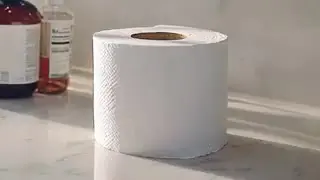
pika-2-2/text-to-video
Create high quality videos from text prompts using Pika 2.2.
Produce realistic motion with dynamic camerawork, improved physics, style and character consistency, advanced framing controls, and optional native audio for immersive scenes.

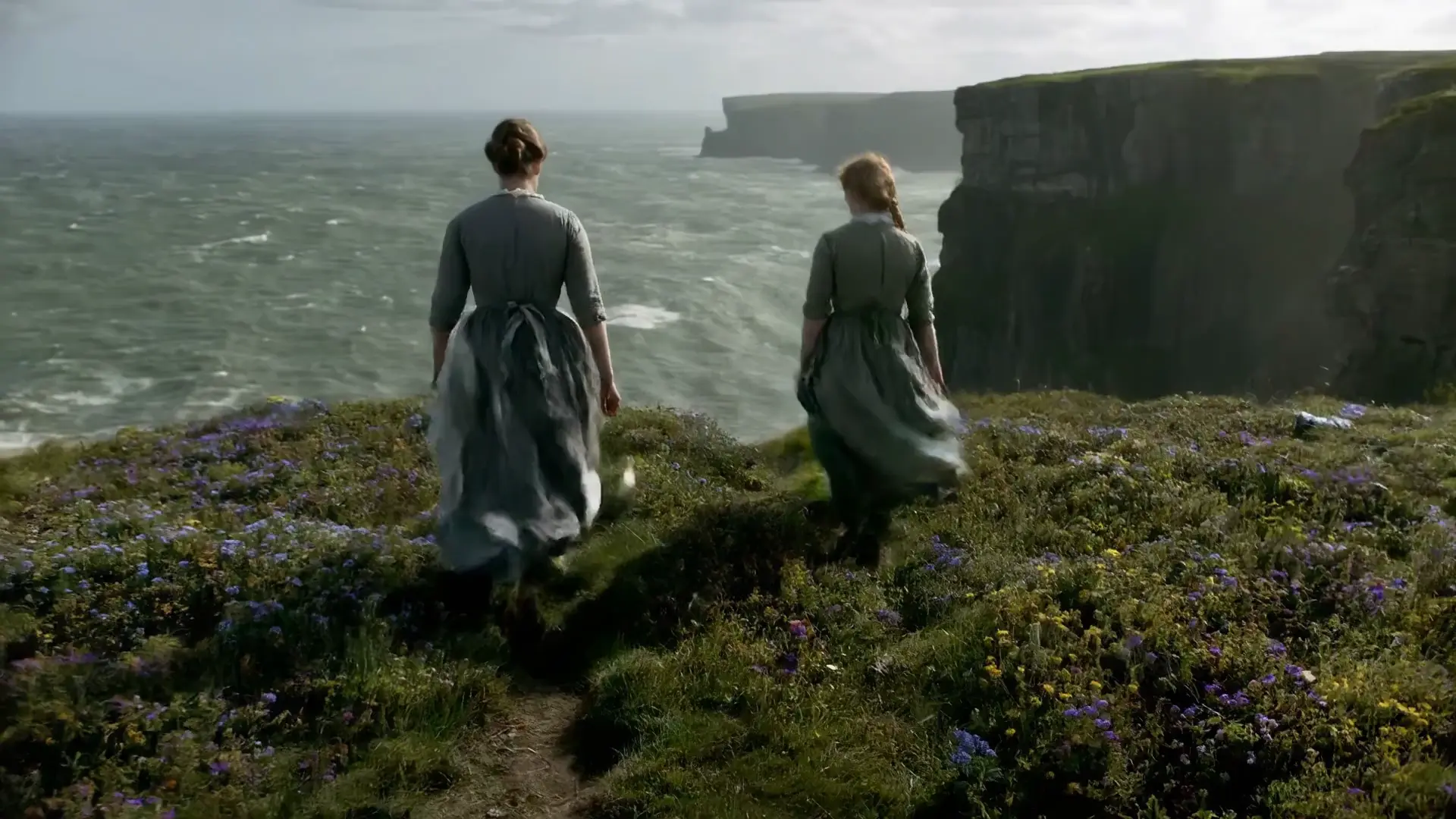

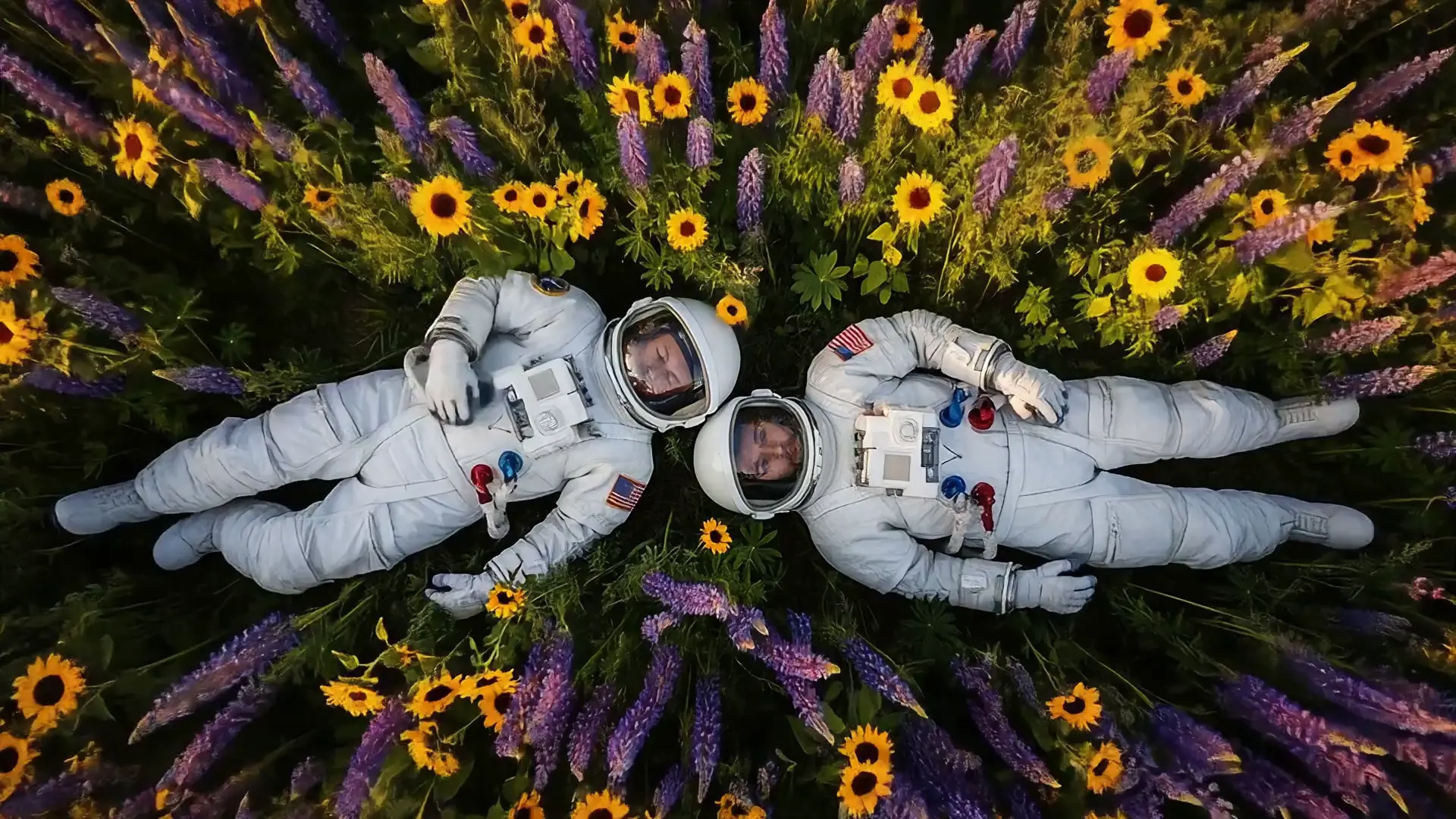
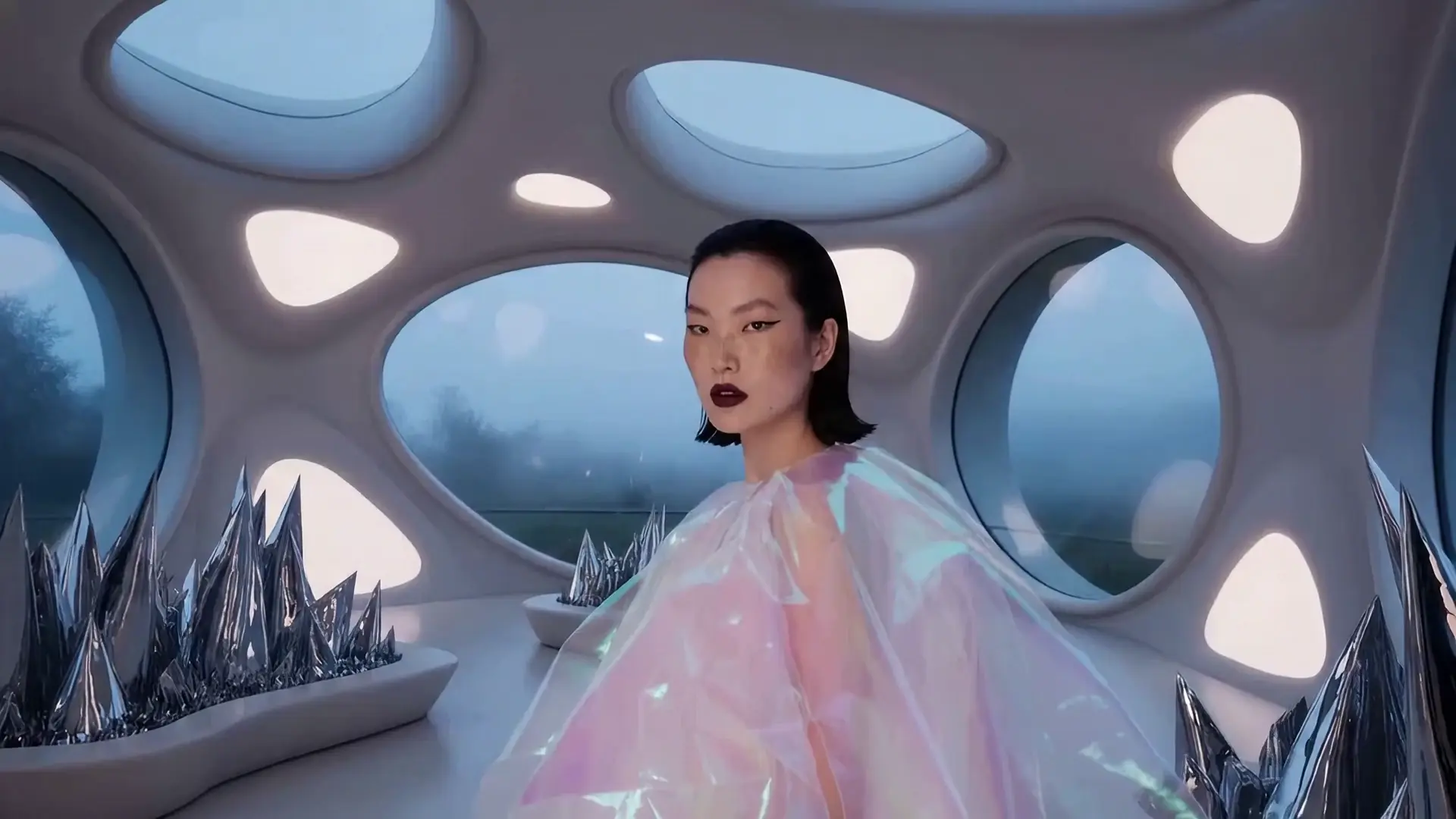
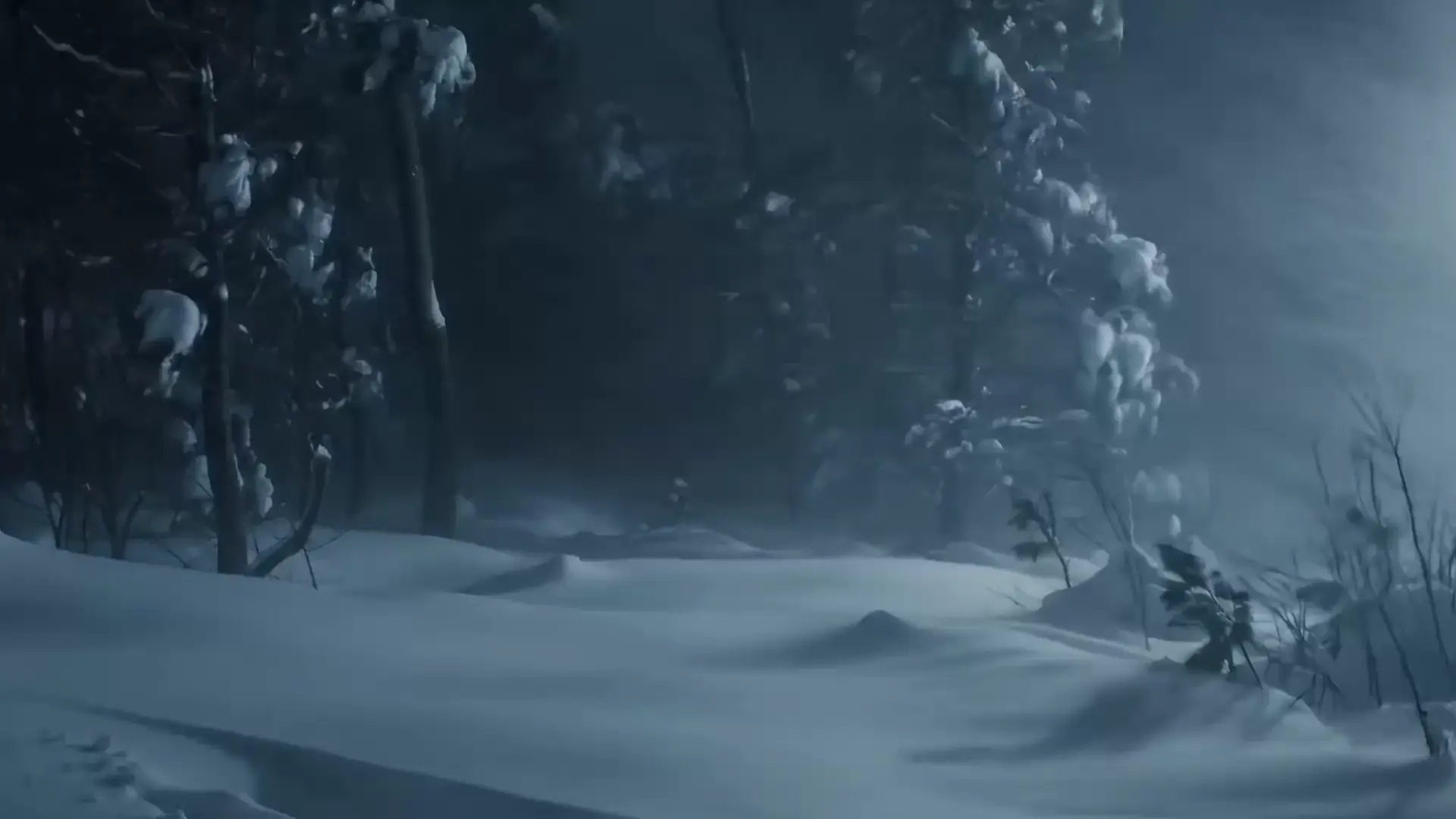

















Create high quality videos from text prompts using Pika 2.2.

Refined AI visuals, real-time control, and pro FX for creators

Create lifelike speech-synced visuals from scripts or clips with Kling Lipsync for precise facial animation and realistic results.

Turn images and text into motion-accurate HD videos fast.

Create lifelike avatars via multimodal synthesis with Omnihuman 1.5.

Transform scripts or voices into dynamic, brand-tailored avatar videos fast.
Goolge Veo 3 is the latest AI video generation model developed by Google DeepMind, launched at Google I/O in May 2025. This advanced AI system transforms text and image prompts into high-quality videos with synchronized audio, combining cinematic visuals, realistic motion, and native sound design. Veo 3 represents a major leap in AI-driven storytelling by offering creators an end-to-end audiovisual generation system powered by cutting-edge artificial intelligence.
To get the best results from Google Veo 3, your prompt should include:
Yes. Google Veo 3 can animate still images into short, dynamic clips with physics-aware movement and matching sound. For example, this advanced AI can turn a static beach photo into a living scene with crashing waves, fluttering fabric, and seagulls—all generated automatically by Veo's 3rd-generation algorithms.
Google Veo 3 supports a broad range of video applications:
You can experienceGoogle Veo 3 right now on the RunComfy AI Playground (https://www.runcomfy.com/playground/google-deepmind/veo-3). Just enter a prompt, upload a reference image if needed, and let this powerful AI generate short-form cinematic videos with integrated sound. No setup required—just pure generative AI power at your fingertips with Google Veo 3 AI model.